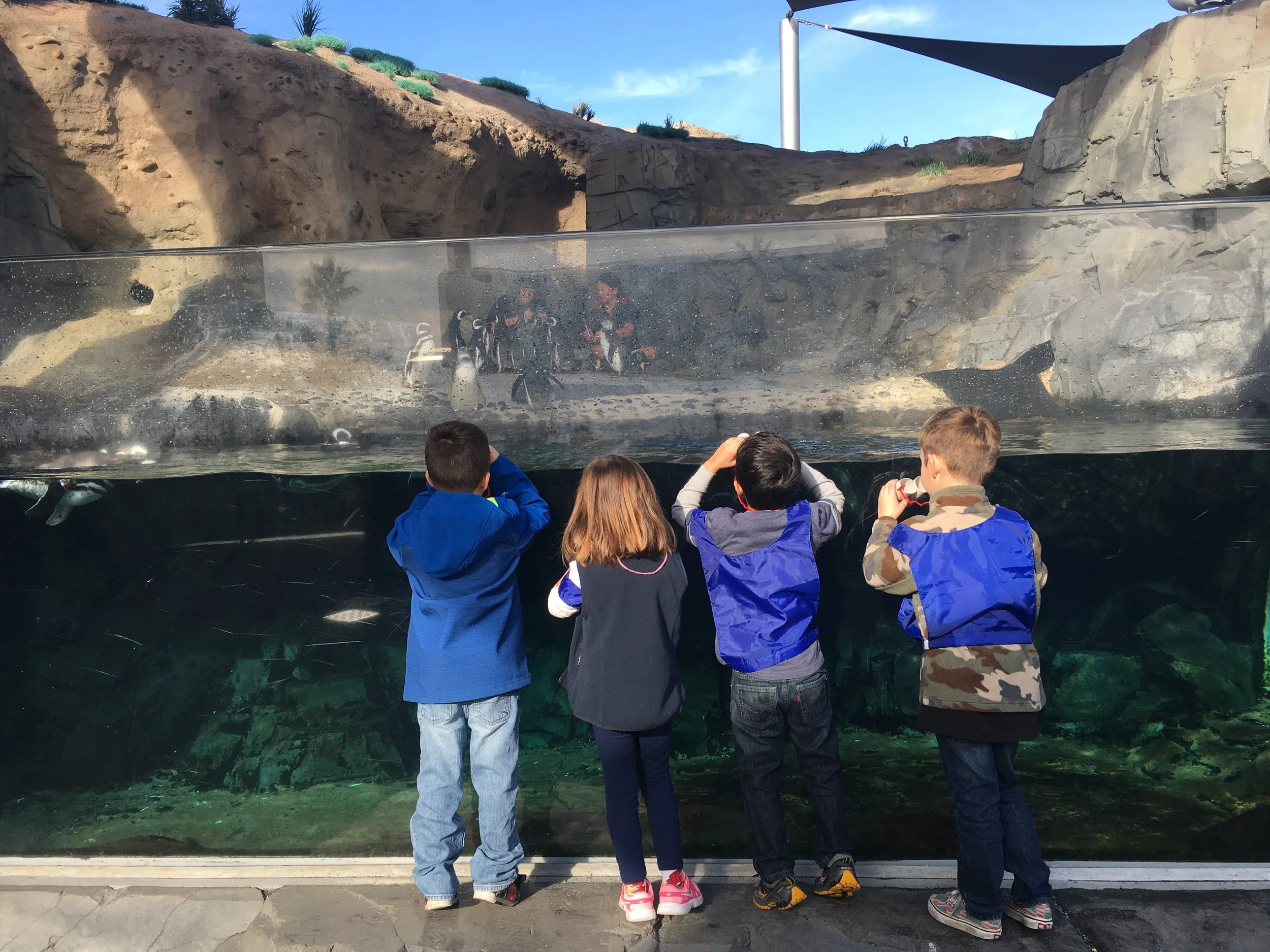My name is Erica Rueda and I am an Education Manager at the Discovery Cube in Orange County. I participated in the 2018 SoCal ISE Symposium last October and took away several important messages from our keynote speaker, our breakout sessions, and from collaboration with other informal science educators. We heard discussions on STEAM identity, STEAM inequity, and tips on developing an inclusive workforce.
The keynote speaker, Dr. Orange, opened the symposium with a discussion about STEAM Identity and Inequity. Here I learned that STEAM Identity is not made up of one lens, it is the combination of a person’s race, ethnicity, and culture. Influences such as media, advertisements, college, and schools are all contributing to shaping the images of STEAM identity for students, and often marginalizing minority groups. We as educators, without intention, are often perpetuating stereotypes through the way we communicate and teach. Dr. Orange helped us understand that we will continue to perpetuate this inequity in our society if we don’t take an active role in helping students question the dominate norms. Before we begin discussing science content, we first need to understand our where our students are coming from, and who they are – their cultural practices, their age, and the socio-political climate and how they’re affected by these forms of identity. As she stated, “we must examine our own biases and reflect upon how we might project those biases onto our students.” When we’ve established that science is their reality, then we may begin to introduce content.
Next, I attended a breakout session called “Student Identity in Informal STEAM Education” by Jean Ryoo where we participated in a group activity about around identity. We discussed what determines our identity, why it is important to address issues of identity with youth, and what the barriers are to expressing or growing identities within programs. It was amazing to hear the differences yet similarities of answers among the diverse group of educators present. The answers to “what shapes an identity?” were similar in that most of wrote about class, race, religion, etc. Some educators went deeper with answers like where you fall in the sibling lineup (oldest, youngest, only child, etc), how supportive your family was, and geographic locations.
The second breakout I attended was the “Inclusive Workforce Development Panel” and we heard from a variety of different hiring managers who discussed ways to establish a more inclusive workforce. We focused on the vocabulary, gender-specific wording, and the requirements asked for within the job description. We were given tips and tricks on how to audit our current practices and update our hiring processes. One tip that stood out to me the most was posting the job application to various forms of media. Newspapers, different online job sites, and updating our online presence as well could create a more diverse pool of applicants.
Since the symposium, I have facilitated several trainings on STEAM Identity for our after school science educators and facilitated discussions on how we can better help shape and promote our student's STEAM identity. Learning more about STEAM identity has helped our instructors better communicate with students, and they’ve seen an increase in participation and engagement as a result.
As the hiring manager for my team, I’ve reworded the job description to make it more inclusive and posted the job on different platforms to increase the diversity of applicants for our open positions.
Without what I learned at the symposium, I wouldn't be aware of the limitations our words, actions, and hiring processes are putting onto our students and community. This experience has helped me research more ways that we can improve our curriculum, processes, and training to better shape the STEAM identities in the communities I serve.
